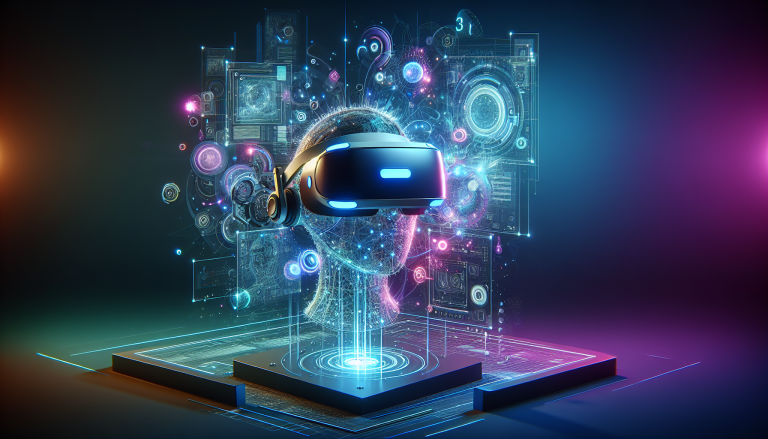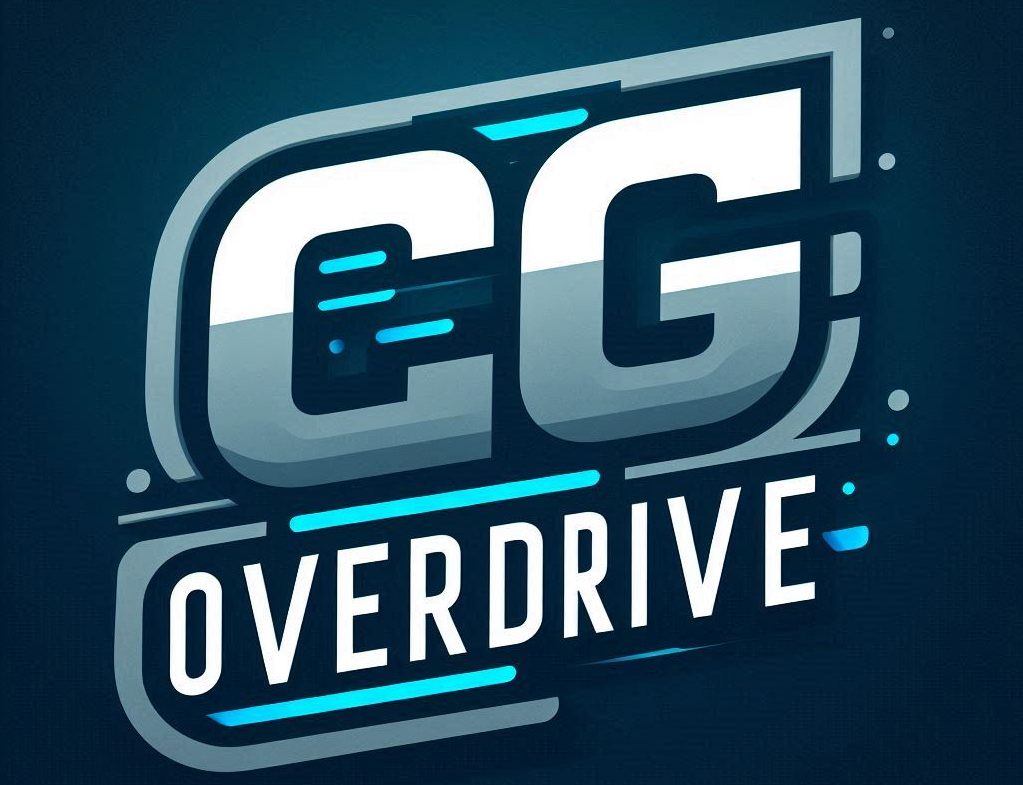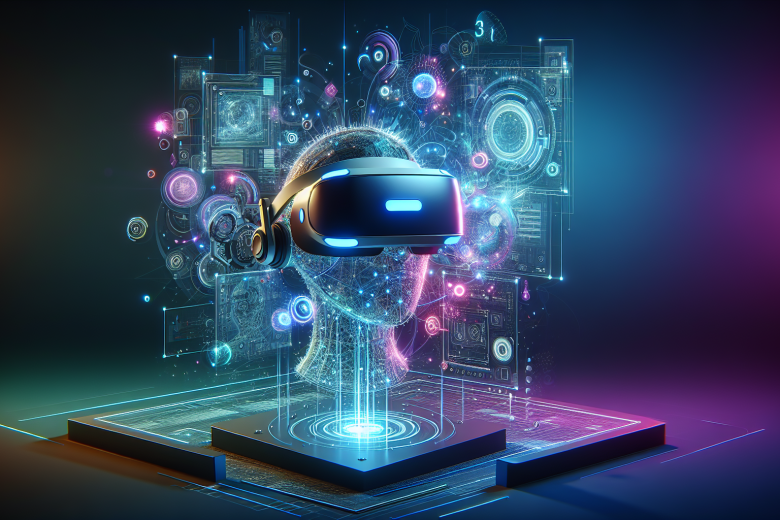Why Virtual Reality is a Game-Changer in the Computer Graphics Industry
Virtual Reality (VR) stands at the forefront of technological innovation within the computer graphics (CG) landscape. Unlike traditional media, VR delivers fully immersive, interactive environments where users can experience a seamless blend of digital and physical realities. This immersive quality not only revolutionizes entertainment sectors like Gaming and Visual Effects but also redefines how we perceive storytelling, design, education, and training in CG.
Harnessing VR’s potential requires a deep understanding of both the technological frameworks and artistic principles that drive high-quality virtual experiences. For professionals and enthusiasts alike, mastering VR means pushing the boundaries of what computer graphics can achieve—transforming static visuals into dynamic worlds.
The Core of VR in Computer Graphics: Immersion and Interaction
Virtual Reality’s power lies in combining advanced computer graphics with real-time user interaction. The technology relies heavily on rendering highly detailed 3D environments that respond intuitively to user movements and inputs. The challenge here is optimizing performance without sacrificing visual fidelity—a balance that demands sophisticated hardware and advanced rendering techniques.
Key components fueling immersive VR experiences:
– **Head-Mounted Displays (HMDs):** Devices like Oculus Quest 2 and Valve Index provide high-resolution screens paired with precise head-tracking sensors, which are crucial for visual immersion.
– **Spatial Audio:** Realistic sound design enhances presence by matching audio cues with virtual distances and directions.

– **Haptics and Motion Tracking:** Controllers equipped with haptics and external sensors allow tactile feedback and natural gesture recognition.
The future of VR computer graphics hinges on advancements in these technologies, pushing toward greater realism and seamless interaction.
Practical Expert Insights for Developers and Artists
Creating compelling VR content requires multidisciplinary expertise—blending computer graphics engineering, artistry, and understanding of human perception. Here’s a breakdown of practical advice for thriving in VR development:
1. **Optimize for Performance and Latency**
– VR demands stable frame rates (ideally 90fps or higher) to avoid motion sickness.
– Use Level of Detail (LOD) techniques to dynamically adjust model complexity.
– Employ asynchronous reprojection and foveated rendering to intelligently allocate GPU resources.
2. **Design with User Comfort in Mind**
– Avoid rapid accelerations and unnatural camera movements that can disrupt immersion.
– Incorporate stationary reference points—like virtual dashboards—to reduce disorientation.
– Maintain consistent scale and physics to align with user expectations.
3. **Leverage Advanced CG Techniques**
– Utilize physically based rendering (PBR) to simulate materials realistically.
– Integrate global illumination and dynamic shadows for depth and context.
– Embrace procedural generation to craft vast environments efficiently.
4. **Iterate with User-Centered Feedback**
– Constantly test your VR experience with real users to identify pain points.
– Use analytics to track engagement and interaction ergonomics.
– Adapt designs rapidly based on pain points and performance bottlenecks.
Virtual Reality in Gaming: A Deep Dive
Gaming remains the most energetic driver of VR adoption. The fusion of cutting-edge computer graphics and real-time interactivity crafts unparalleled levels of immersion. Developing VR games is both an art and a science—it requires mastering technical constraints while innovating game design paradigms.
Unique Gaming Challenges and Solutions in VR
| Challenge | Description | Expert Solution |
|—————————–|————————————————————|—————————————————–|
| Input and Controls | Traditional controllers can feel unnatural or bulky. | Design intuitive hand-tracking and gesture controls.|
| Player Movement | Teleportation is common to avoid VR sickness but can break immersion. | Opt for smooth locomotion with comfort options. |
| Hardware Diversity | Various VR headsets differ in specs and control schemes. | Develop modular input systems and scalable graphics.|
| Scene Complexity | High detail can overwhelm GPU and lead to lag. | Optimize models and use baked lighting where possible.|
Designing Immersive Gameplay Mechanics
To fully leverage VR’s capabilities in gaming, focus on mechanics that engage spatial awareness, natural interactions, and emergent storytelling:
– **Physical Interactivity:** Let players manipulate objects naturally within the environment.
– **Environmental Storytelling:** Build worlds that react dynamically to player decisions.
– **Multisensory Feedback:** Combine visuals with haptics, audio cues, and spatial effects.
– **Social VR Components:** Integrate cooperation and competition in shared virtual arenas.
Game developers pioneering these elements are shaping the next era of captivating VR experiences.
Visual Effects and VR: Elevating Immersion through Real-Time VFX
Visual effects are undergoing a paradigm shift in VR. Real-time rendering means that VFX must be not only breathtaking but also efficient and responsive. This pushes CG artists to rethink traditional offline effects pipelines.
Key trends include:
– **Volumetric Effects:** Realistic smoke, fog, and fire rendered volumetrically add depth but require GPU-optimized solutions.
– **Particle Systems:** Dynamic particles respond to user actions, enhancing realism.
– **Shader Innovations:** Custom shaders exploit the unique lighting and materials physics in VR.
– **Post-Processing Effects:** Motion blur, depth of field, and bloom must be carefully balanced to avoid disorientation.
For Visual Effects artists, VR provides a playground to blend artistry with interactive storytelling tools, expanding creative horizons.
Empowering Your VR Journey: Essential Tools and Learning Resources
Venturing into VR development or artistry is exhilarating but demands mastering diverse technologies and software ecosystems. Here’s a curated toolkit to propel your skills:
| Category | Recommended Tools | Purpose |
|———————–|———————————————|———————————————————–|
| Game Engines | Unity, Unreal Engine | Core platforms for VR game and experience creation |
| 3D Modeling & Animation | Blender, Maya, 3ds Max | Design 3D assets with VR-optimized geometry |
| Visual Effects | Houdini, Adobe After Effects | Create dynamic, real-time VFX tailored for VR |
| VR SDKs | OpenXR, SteamVR, Oculus SDK | Integrate VR hardware and APIs swiftly |
| Performance Profiling | RenderDoc, NVIDIA Nsight | Diagnose and optimize rendering pipelines |
Supplement tools with online courses, developer forums, and VR communities to stay updated on breakthroughs and best practices.
Future Horizons: Where Virtual Reality is Heading in Computer Graphics
Virtual Reality’s trajectory within computer graphics is one of relentless improvement and expanding applications:
– **AI-Driven Content Creation:** Procedural environments and intelligent NPCs will reduce development overhead and enrich user experiences.
– **Cloud VR Streaming:** Offloading computation to the cloud will enable high-end graphics on lightweight, wireless headsets.
– **Haptic Suits and Full-Body Tracking:** Increasing sensory immersion beyond visuals and audio to include touch and motion.
– **Cross-Reality Experiences:** Blurring the lines between VR, Augmented Reality (AR), and Mixed Reality (MR) for fluid spatial computing.
As VR continues evolving, computer graphics professionals will be the architects of increasingly sophisticated, immersive digital worlds that redefine the way we play, learn, and connect.
—
Virtual Reality remains a cornerstone of innovation within the computer graphics industry, blending artistic vision with next-generation technology. By mastering VR’s technical and creative challenges, one can unlock limitless potential to craft experiences that captivate and inspire. Whether your passion lies in Gaming, Visual Effects, or interactive storytelling, VR offers a rich frontier where imagination meets cutting-edge CG craftsmanship. Engage, experiment, and evolve your skills to thrive in this dynamic, transformative medium.

